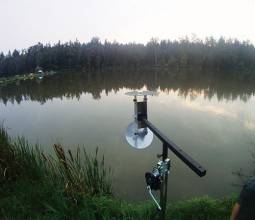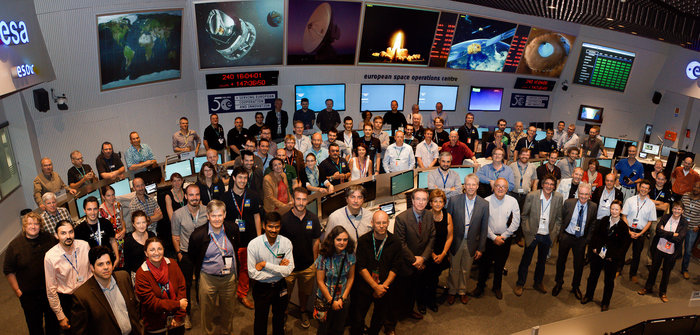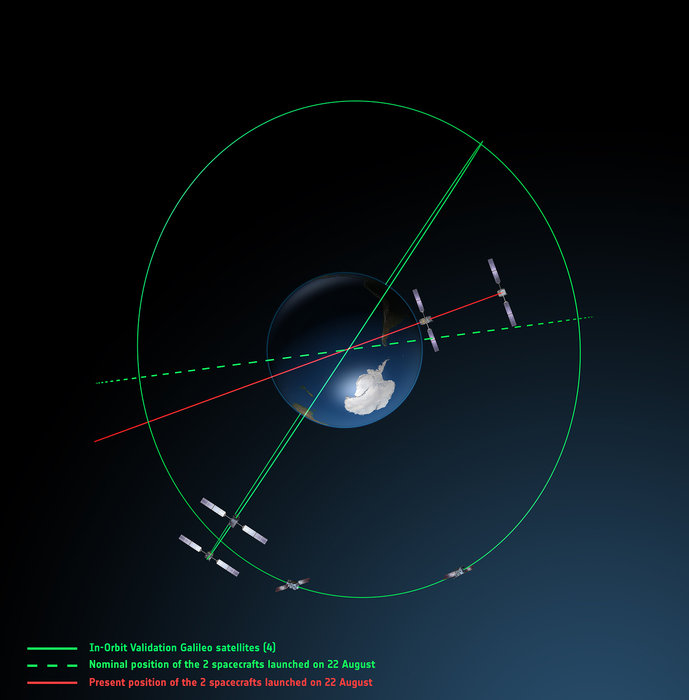Back to "GPS: The Present Imperfect"
What happens when GPS or GNSS has a bad-hair day due to jamming or
interference?
Radiating very high-powered signals at low frequency, the land-based
transmissions of an enhanced Loran (eLoran) system offer an excellent
complement to GPS with their low-powered, microwave frequency signals,
eliminating common modes of failure.
Back to "GPS: The Present Imperfect"
What happens when GPS or GNSS has a bad-hair day due to jamming or
interference?
Radiating very high-powered signals at low frequency, the land-based
transmissions of an enhanced Loran (eLoran) system offer an excellent
complement to GPS with their low-powered, microwave frequency signals,
eliminating common modes of failure.
eLoran technology can be built into a satellite navigation receiver and
seamlessly take over when necessary, driving the same user display. The
system can also replace the high-precision timing in critical telecomm
networks and power grids currently supplied by GPS.
Just as GPS developed from earlier satellite systems, eLoran grew out of
Loran‑C. It uses the same stations, modernised for the digital era with
high-reliability equipment, and a data system that can achieve accuracy
of 10 meters in differential operation.
The signals of Loran-C, once the world’s most-used long-range navigation
system, are broadcast in the Far East, Middle East, and northern
Europe. Together with the North American stations, they supported 72
percent of the world’s 50 busiest ports until the U.S. service was
turned off earlier this year.
A team representing 40 international government agencies, companies, and
universities and led by the U.S. Federal Aviation Administration
developed eLoran technology in response to the 2001 Volpe Report on GPS
vulnerability.
The team showed that existing Loran-C assets modernized to radiate
eLoran, plus high-performance digital receivers, could meet a wide range
of U.S. national and international requirements. These included harbor
entrance maneuvering by ships, non-precision instrument approaches by
aircraft, and the Stratum 1 frequency standard and UTC timing required
by the telecommunications industry.
The FAA said eLoran could “mitigate the operational effects of a
disruption in GPS services, thereby allowing the GPS users to retain the
benefits they derive from their use of GPS.”
Most of the old Loran-C stations in the U.S. were modernized, making
them suitable for conversion to eLoran. A high-level independent
assessment team led by Charles Stark Draper Prize winner (and the
original GPS Joint Program Office commander) Brad Parkinson concluded
unanimously that this was the way ahead. Parkinson himself said, “I am a
supporter of having a backup radionavigation system, and the only
backup system I can see is Loran”.
In 2008, the Department of Homeland Security announced that the U.S. was
adopting eLoran as its national GPS backup.
A few years ago, the U.S. Coast Guard achieved a world first by
demonstrating an eLoran high-integrity navigation and timing system,
accurate to 10 meters (33 feet). It was compatible with GPS but immune
to the loss of satellite signals. Despite this rapid progress, the
United States closed down most of its Loran‑C stations earlier this
year, leaving eLoran with an uncertain future in that nation.
And the rest of the world? The 2008 U.S. announcement to proceed with
eLoran led to an upsurge of interest in converting stations and
operations from Loran-C to eLoran. The United Kingdom, stating that
“robust, reliable and high-performance positioning, navigation and
timing (PNT) is the lifeblood of modern society’s critical
infrastructure”, deployed a new station for eLoran.
Together with Loran-C stations in France, Germany, Norway and the Faroe
Islands, the UK now provides a prototype eLoran service around the
clock.
As concerns about GNSS vulnerability to interference and jamming grow,
so do calls for eLoran to be adopted as a component of the future
radionavigation mix, integrated with GPS plus either Galileo, modernized
GLONASS or Compass-Beidou.





